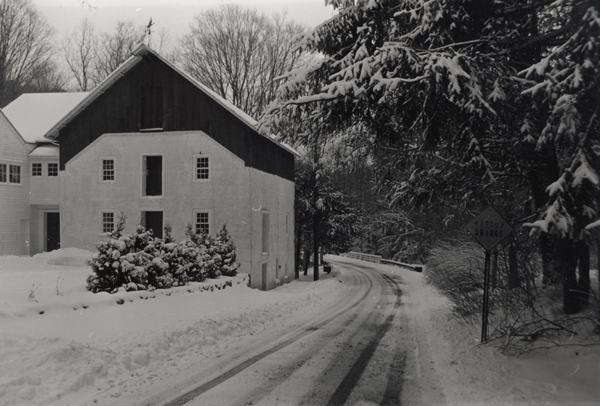Country Stone Barn
-
A
- joeyk49
- Location
- Western Morris County, NW New Jersey
- Equipment Used
- Minolta 450si w/28-105mm(75mm?) & yellow filter
- Exposure
- f5.6 @90 I think (didn't record)
- Film & Developer
- Tura 150 rated 100 / Rodinal 1:50 12 mins
- Paper & Developer
- Ilford MG IV / Dektol
- Lens Filter
- Ilford Contrast 3
| Photrio.com contains affiliate links to products. We may receive a commission for purchases made through these links. To read our full affiliate disclosure statement please click Here. |
PHOTRIO PARTNERS EQUALLY FUNDING OUR COMMUNITY:  |







